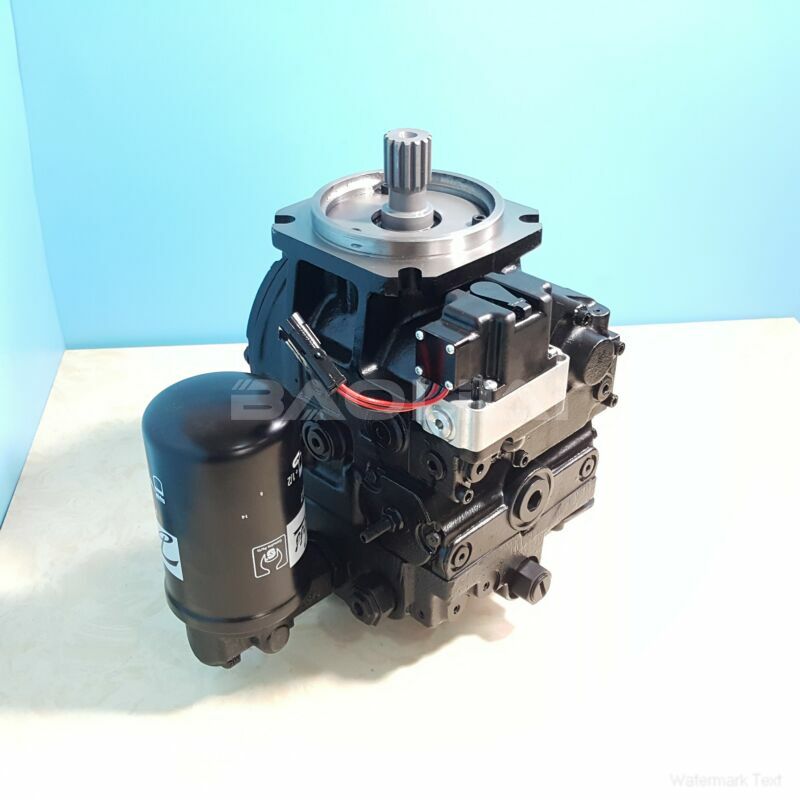90R250MA5NN80T4C8KC5NNN323224 hydraulic pump
90R250MA5NN80T4C8KC5NNN323224 hydraulic pump

- Product Details
- Applicable Scene
In the rapidly evolving landscape of the construction industry, efficiency and reliability are paramount. One key component that has consistently played a critical role in this sector is hydraulic systems, with Danfoss hydraulic pumps being at the forefront. This case study explores how the utilization of Danfoss hydraulic pumps has transformed operations within a prominent construction project, thereby enhancing productivity and reducing downtime.
90R250-MA-5-NN-80-T-4-C8-K-C5-NNN-32-32-24
90R250MA5NN80T4C8KC5NNN323224
The project in focus involved the construction of a large-scale commercial complex in an urban setting, which presented various challenges, including limited space, tight deadlines, and the need for precise control over machinery. To address these challenges, the project managers implemented Danfoss hydraulic pumps known for their durability, efficiency, and versatility.

83009670
One of the significant advantages of using Danfoss hydraulic pumps was their ability to provide consistent hydraulic power to various construction machinery, including excavators, bulldozers, and cranes. The seamless integration of these pumps ensured that machinery operated at optimal levels, thereby improving performance and minimizing energy consumption. This efficiency was particularly important in a bustling urban environment where noise and emissions regulations are stringent.
During the project, the hydraulic systems paired with Danfoss pumps facilitated smooth operations for tasks such as material handling and earthmoving. For instance, the ability to control the flow and pressure of hydraulic fluid allowed operators to execute sensitive tasks with precision, such as digging trenches or lifting heavy loads in confined spaces. This precision directly contributed to higher safety standards, reducing the risk of accidents associated with machinery operation.
Moreover, Danfoss pumps are designed for easy maintenance and longevity, minimizing the risks of equipment failure. Throughout the construction project, maintenance teams reported significant reductions in downtime, as the reliability of these hydraulic systems ensured that machinery remained operational. This aspect was crucial for keeping the project on schedule, as delays due to equipment failure could have led to increased costs and extended timelines.





